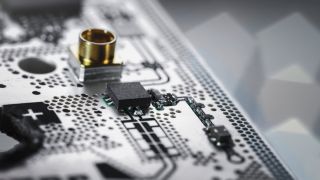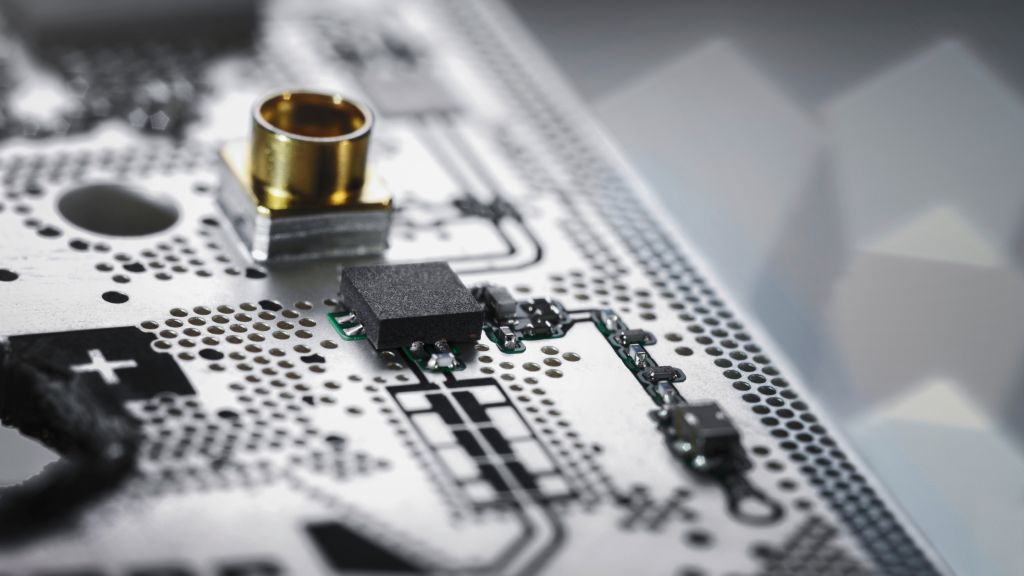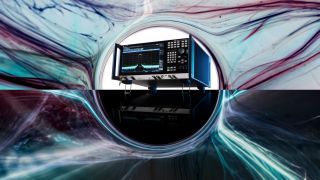Additional noise figure measurement topics
Before we wrap up, let’s cover some additional details on noise sources: ENR, preamplifiers, noise figure measurement uncertainty and cascaded noise figure measurements.
The primary characteristics of noise sources are the supported frequency range and ENR, i.e., the level of noise the source can produce. Typically, noise source ENR values fall in the ranges of approximately 6 dB, 15 dB or 25 dB, with 15 dB being the most common. These are approximate values because a source’s ENR normally varies by a few dB over its frequency range.
Higher ENR values are needed to measure devices with higher noise figures, and the source’s ENR should also be at least 3 dB higher than the noise figure of the spectrum analyzers. The ENR-versus-frequency values of the noise source are referred to as calibration data. Modern noise sources often store this calibration data internally, and the analyzer can then read the ENR-versus-frequency values directly from the source. Such smart noise sources can also measure temperature changes, and this allows the analyzer to compensate for measurements that are not made at the “standard” noise figure temperature of 290 degrees Kelvin.
Preamplifiers also affect noise figure measurements. Accurate noise figure measurements almost always require the use of an external or internal preamplifier, and this is especially true when the DUT has a low noise figure and low gain. This is because the noise figure of the spectrum analyzer itself is often the largest contributor to measurement uncertainty. When the spectrum analyzer has a high displayed average noise level, or DANL, this can make it difficult to accurately measure small amounts of noise added by the DUT.
Most modern spectrum analyzers have an optional internal preamplifier, which (when enabled) reduces the DANL and thus also the noise figure measurement uncertainty. The preamplifier is treated as part of the measurement system, and the preamplifier’s own noise figure can easily be calibrated out of the measurement results.
Speaking of noise figure measurement uncertainty, most spectrum analyzers include an uncertainty calculator application, which takes user-entered values to automatically calculate the measurement uncertainty. These applications often also include guidelines on the recommended minimum values for ENR, spectrum analyzer noise figure, etc.
The last special topic we’ll touch on is cascaded noise figure. The combined noise figure of cascaded components can be calculated from the individual gain and noise figure of each component or “stage.” However, the combined noise figure is not a simple addition of each component’s noise figure. Instead, cascaded noise figure is calculated using the Friis equation. This equation uses linear terms and can be expanded to any arbitrary number of stages. As we can see in this example, even if the same amount of noise is added by each stage, the noise added by subsequent stages is a smaller percentage of the total noise. As a result, the noise figure of a cascade tends to be dominated by the first stage, meaning that the component with the lowest noise figure should always be placed at or near the front of the chain.



















